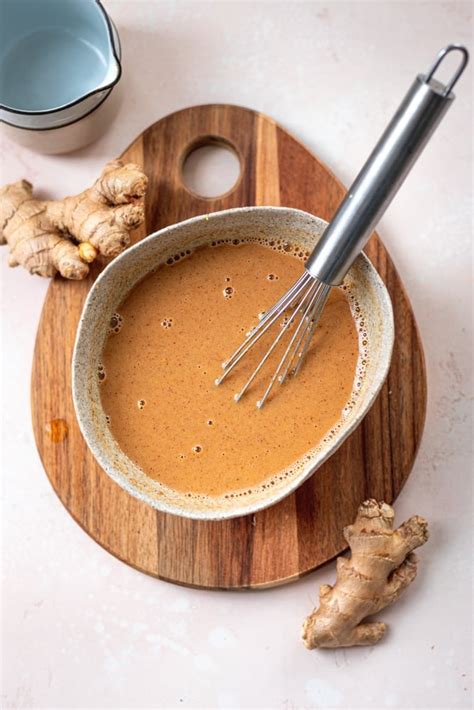Miso Sauce Recipe: A Flavorful Guide to Homemade Goodness
Miso sauce, a cornerstone of Japanese cuisine, offers a complex umami depth that elevates any dish. This versatile condiment is surprisingly simple to make at home, allowing you to control the ingredients and create a perfect match for your palate. This guide provides a comprehensive miso sauce recipe, covering variations and tips for achieving optimal flavor.
Understanding the Ingredients: Key to Perfect Miso Sauce
The foundation of any great miso sauce lies in the quality of its ingredients. Let's delve into the key players:
Miso Paste:
-
Types: White (Shiro) miso is mild and sweet, red (Aka) miso is richer and more robust, and Awase miso offers a balance between the two. Experiment to find your preferred flavor profile! The type of miso paste significantly impacts the final taste of your sauce.
-
Quality: Opt for high-quality miso paste. The flavor difference is noticeable. Look for organic and unpasteurized options whenever possible.
Other Essential Ingredients:
-
Mirin: This sweet rice wine adds a touch of sweetness and depth.
-
Sake: A dry rice wine that enhances the savory notes. You can omit it for a non-alcoholic version.
-
Soy Sauce (Shoyu): Adds saltiness and umami. Opt for a high-quality soy sauce for the best results.
-
Sugar (Optional): A small amount of sugar balances the saltiness and enhances the overall flavor.
-
Sesame Oil (Optional): Adds a nutty aroma and richness.
The Basic Miso Sauce Recipe
This recipe serves as a great starting point, allowing for customization to your taste:
Ingredients:
- 4 tablespoons white or yellow miso paste
- 2 tablespoons mirin
- 1 tablespoon sake (optional)
- 1 tablespoon soy sauce
- 1 teaspoon sugar (optional)
- 1/2 teaspoon sesame oil (optional)
Instructions:
- Combine: In a small bowl, whisk together the miso paste, mirin, sake (if using), soy sauce, and sugar (if using) until smooth.
- Adjust: Taste and adjust seasoning as needed. Add more mirin for sweetness, soy sauce for saltiness, or miso paste for a stronger flavor.
- Finish: Stir in the sesame oil (if using).
- Serve: Serve immediately or store in an airtight container in the refrigerator for up to a week.
Variations on the Classic Miso Sauce
The beauty of miso sauce lies in its adaptability. Here are a few exciting variations:
Spicy Miso Sauce:
Add a pinch of red pepper flakes or a dash of sriracha for a fiery kick.
Garlic Miso Sauce:
Mince a clove of garlic and add it to the base recipe for a savory punch.
Ginger Miso Sauce:
Grate a small knob of fresh ginger and incorporate it for a warming, aromatic twist.
Sweet Miso Sauce:
Increase the mirin or add a touch of honey for a sweeter profile.
Using Your Homemade Miso Sauce
Your freshly made miso sauce is incredibly versatile:
- Marinade: Use it to marinate chicken, tofu, or fish before grilling or baking.
- Glaze: Brush it onto vegetables or grilled meats for a delicious glaze.
- Dip: Serve it as a dipping sauce for spring rolls, gyoza, or vegetables.
- Dressing: Use it as a base for salad dressings, adding other ingredients like rice vinegar and sesame oil.
- Sauce: Incorporate it into noodle dishes, stir-fries, or as a sauce for steamed rice.
Tips for the Best Miso Sauce
- Freshness Matters: Use fresh, high-quality ingredients for the best flavor.
- Don't Overmix: Overmixing can make the sauce bitter. Gentle whisking is key.
- Taste as You Go: Adjust the seasonings to your liking.
- Storage: Store in an airtight container in the refrigerator.
Making your own miso sauce is a rewarding culinary adventure. Experiment with different miso types and flavor combinations to discover your perfect recipe. Enjoy the process and the delicious results!
